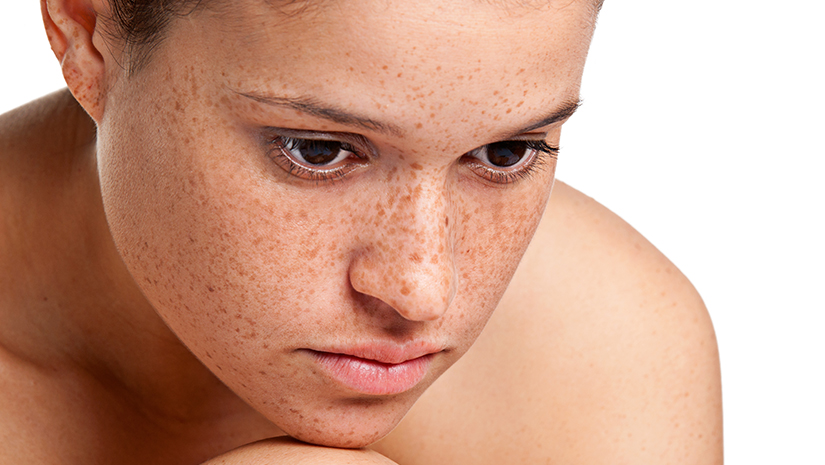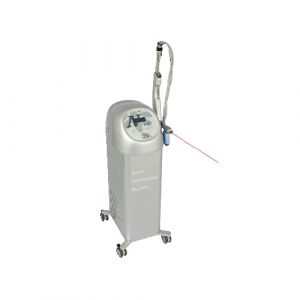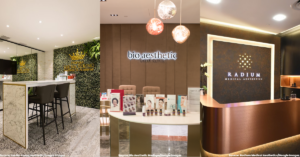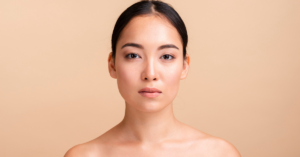Aesthetics
Commonly Asked Questions about Hyperpigmentation Answered by Dr. Noor Hanif Said
Did you know that Asians are more likely to get hyperpigmentation? Our skin tends to have higher levels of melanin,...
By: Beauty Insider Journalist / October 10, 2017

Did you know that Asians are more likely to get hyperpigmentation? Our skin tends to have higher levels of melanin, which gives us more protection from the tropical sun but makes us more prone to developing dark spots. Dr Noor Hanif Said, dermatologist and Medical Director of Renaissance Dermatology Specialist Clinic explains more.
Contents
What is hyperpigmentation?
Melanin is the pigment that gives colour to our skin, hair and eyes. Sometimes our skin can produce more pigments than usual, due to sun exposure, hormonal imbalances or injury to the skin. This is called hyperpigmentation.
What are the most common skin pigmentation problems?
- Melasma. This disorder mainly occurs in women, resulting in grey-brown patches appearing on sun-exposed areas such as the face, neck and forearms. Usually related to hormone excess, it is so common in pregnancy that it’s called the “mask of pregnancy”. Some melasmas fade, but most are stubborn and take a long time to improve.
- Hori’s Naevus. Hori’s nevus is commonly seen in middle-aged Asian women in the form of bluish-grey patches typically on the cheeks. Largely caused by genetics and hormonal activity, melasma and Hori’s Naevus can occur simultaneously.
- Solar lentigines.Also known as liver spots, they commonly affect fair-skinned people over 40 with brown, black or grey spots appearing on sun-exposed areas of the skin. These are caused by sun exposure when UV rays speed up melanin production. While most are harmless, always consult a dermatologist if a spot has irregular borders, has changed in size or colour, bleeds or itches.
- Freckles. Freckles are small flat brown marks on sun-exposed areas of the skin. They are more common in fair-skinned people. Caused by sun exposure, freckles may fade, but will reappear when skin is exposed to the sun. As a person ages, freckles generally become less noticeable.
- Post-inflammatory hyperpigmentation (PIH). PIH is a general term for excess pigment formation after an underlying skin condition has healed. It occurs because the body’s immune response is activated due to inflammation or injury and causes pigment-producing skin cells to produce more melanin. Discolouration is temporary but may become darker when exposed to sunlight. PIH is more common in darker-skinned people. In most cases, PIH improves over time and normal skin colour will return.
What’s the best way to treat pigmentary disorders?
There are various treatment options for pigmentary disorders. It is important to obtain an accurate diagnosis before embarking on any treatment as some pigmentation may worsen after aggressive laser treatment.
Sun protection is the first line treatment of any pigmentation. If the pigmentation problem is mild, the use of medical-grade lightening creams, together with regular use of sunscreens will be helpful. Stronger medical-grade lightening creams are much more effective when dealing with more stubborn pigmentation problems. In addition, procedures such as chemical peels, intense pulsed light (IPL) and pigment lasers are useful in the treatment of stubborn pigmentation. For best results, combination treatment is often required.
- Melasma. As chances of recurrence are high, and sun exposure and tanning worsen it, daily and adequate sun protection is crucial. Topical creams containing hydroquinone or a combination of hydroquinone, tretinoin and steroid (Kligman’s formula) may also be used. For stubborn cases, intense pulse light (IPL), chemical peels and lasers are options. Lasers should be considered very carefully and performed by an experienced doctor as it may sometimes worsen melasma.
- Hori’s nevus. In most cases, pigmentation penetrates deep into the skin, making treatment challenging. Pigment lasers are used to break down the melanin in the affected areas.
- Solar lentigines. Treatment ranges from topical creams with skin lightening properties, IPL and pigment laser treatments to chemical peels and light cryotherapy, which uses liquid nitrogen to destroy the melanin.
- Freckles. Reduce and lighten them by avoiding sun exposure and ensuring regular use of sunscreens and skin lightening creams. IPL and pigment laser treatment also work.
- Post-inflammatory hyperpigmentation (PIH). Hydroquinone and retinoids may be used to lighten PIH, while procedures such as chemical peels, lasers and IPL may be helpful, though they can aggravate pigmentation. For maintenance, regular application of sunblock is a must.
How can I prevent hyperpigmentation?
Sun protection is a must. UV rays can penetrate clouds and windows, so wear sunscreen even when you’re indoors or on cloudy days. Choose SPF 35 to SPF 50, and reapply every few hours.

Get a personalized consultation with Dr. Noor
Everyone’s skin is different. If you are experiencing hyperpigmentation, it’s best to consult a dermatologist for an accurate diagnosis and appropriate treatment. Dr Noor Hanif Said is an accredited dermatologist who believes in providing high quality dermatological care as well as evidence-based treatment for all medical and aesthetic skin conditions. To reach him, contact:
Renaissance Dermatology Specialist Clinic
- 38 Irrawaddy Road #10-36 Mount Elizabeth Novena Specialist Centre Singapore 329563
- Tel: 6570 2883
- renaissancederm.com

















